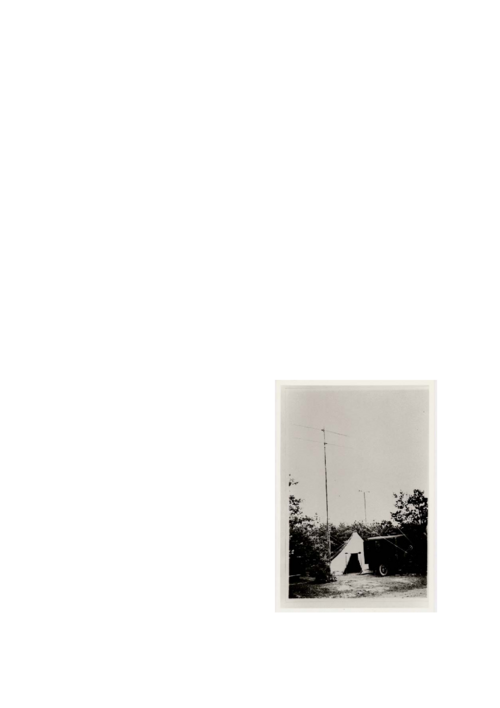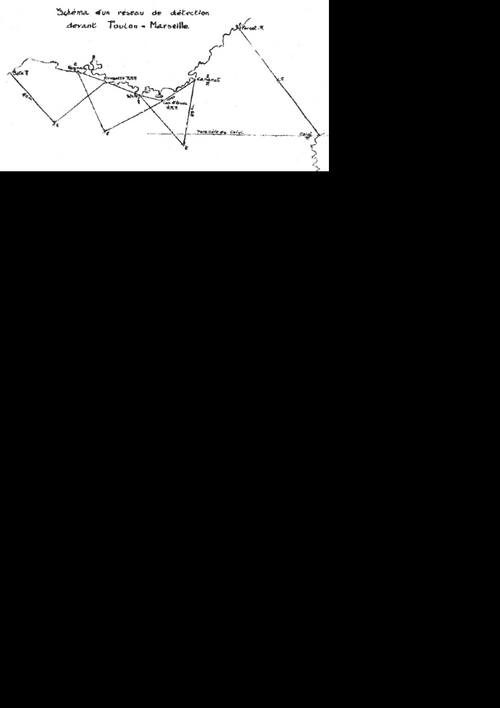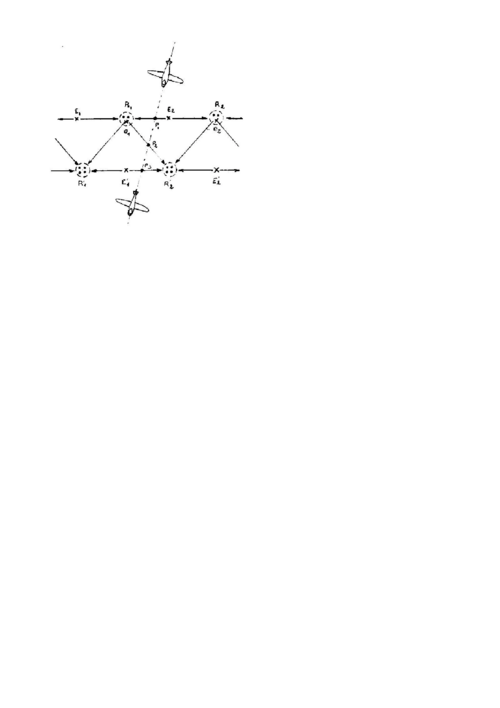The AdA is a relatively well-discussed topic generally, so I will not comment on it yet.
Tanks I want to talk about, since several trips to the archives allowed me to have insight on what the people of the day themselves thought before and after the battle, some of teh industrial/technical problems, and paths not taken.
As a disclaimer, the 1935 starting date and the need to achieve certain quantities of weapons require that the 1935 designs be ordered at least initially. Brand new projects started at this point will usually not be ready until 38-40 and will not always be available in sufficient quantity (unlike planes where even a 1938 intro date coupled with good production capacity is enough to meet requirements).
There are some core conclusions I can make, many of which had been made before or after the battle by contemporaries.
The doctrine and force structure which assumed a large mass of light infantry tanks (R35/H35/FCM 36) and a significant number of battle tanks (D series, B series, both Somua and Renault AMCs) spread out between DCR, DLMs and independent light tank battalions was beyond the means of the actual French forces in 1940. There are paths to achieve it, but a more conservative conclusion is that, as recommended OTL, more should be done to at least obtain the required numbers of battle tanks (about 1000) even if only a few hundred lights are made instead of the nearly 2000 we had. The reason being that light tanks were considerably less versatile than battle tanks which had a good armament, better crossing capability and a standard-issue radio set, and thus could operate well in armored divisions.
Additionally, the historical light tanks used disproportionate industrial (castings, APX turrets and long 37 guns) capacity and technical expertise relative to their actual value.
As such, France should forgo independent battalions and focus on producing the minimum quantity of battle tanks needed to form the required armored divisions. The Renault and Hotchkiss light tanks which were well advanced in development at this point could still be adequately improved and build in the few hundreds to replace aging AMR-type recon vehicles, as the H39 was historically used, to not completely waste the development effort and benefit from their easy manufacture and low cost. The smaller scale light tank program will also save up manufacturing ressources for the production of APX 1/4 turrets and 47mm SA35 guns, and relieve design bureaus of certain highly competent companies (FCM and AMX which were at the forefront of tank diesels, improved turrets and welded structures).
The battle tank programs can also be improved by reducing redundancy and better exploiting some designs. OTL, the G1 program started as what amounted to a Somua S40 with infantry branch's radios, then incorporated a 60mm armor basis, finally morphed into an improved, simpler and cheaper B1 (dual armament), and finally to a full-blown 75mm-turreted tank. The many changes hurt the proposed designs which used engines and hull dimensions suitable for the B1 configuration, but excessive with a 75mm turret (this is why the BDR and Fouga proposals ballooned in weight). At the same time, the first 2 configs could have been closely matched with two existing programs: the S40, which could be started sooner to meet the original intent of a mobile and "cheap and simple" battle tank, and the B1 Ter which had roots as far back as 1934-35 and could have progressed much faster with early support (eg at least 3 new-build prototypes instead of one single old converted B1), and offered the same benefits as the dual armament G1s. A G1 program with the 75mm turret from the start, even if started in 1937-38 as OTL, could progress more smoothly without the bagage of the previous specifications, and could more advantageously replace the B40 program from 1939 which converged to the same armament in June 1940, but was arguably less-well laid out (envelopping tracks).
The B1 battle tank program, for the time being, can benefit from an earlier switch to the B1 Ter config (originally the B1 Ter was even meant as a very early follow-on to the Bis to be made in 1936) and the introduction of some B1 Ter features early on as multiple testbeds could try them separately (instead of being tied to a single complete design). As recommended by the officers of the time, the 1936 nationalizations could be exploited to move away from the Estienne accords which limited B1 production to a few select contractors, and industrial capacity could also be improved to fix some bottlenecks (Renault engines and Naeder gearboxes), which could double the peacetime production rate from 5/month to 10/month by 1937/38 even with B1 Bis, increasing the number of available battalions.
The D2 tank, which had been largely dismissed due to its relative obsolescence (a fair assessment), was nonetheless a suitable stopgap pending the expansion of B1 production and the availability of more Somuas, but was never bought in sufficient orders to allow continuous production and a switch from artisanal to industrial methods (generally all French battle tanks suffered from this issue before the war). A minimum order of 3 battalions (150 tanks) instead of one battalion in 1935 and one battalion in 1937 could help.
Alternatively, with FCM/AMX now free from light tank programs and the G1, the D2 could even see a more significant "Bis/Ter" redesign incorporating a diesel engine, more sloped surfaces, running gear improvements and maybe even 60mm of armor.
From an R&D perspective, dedicated diesel engines (pushed since 1929 by all tank inspectors, and especially useful on French tanks which have high range requirements) and early 47mm SA35 turrets by FCM and AMX instead of the misused efforts on light tank 37mm SA 38 turrets and light tank diesels could also help, and would alleviate production problems and technical limitations of the APX-1/4 turrets pending a switch to 2+ man turrets.
The AMC 35 by Renault is the last battle tank design available in 1935. Though frankly poor in many ways (weak armor, riveting, questionable 4-cylinder line engine derived from B1's 6-cylinder, questionable reliability), the vehicle still had a lot of potential as a sidegrade to the Somua, and the 2-man APX-2 turret in particular had a lot of potential. A reduced R35 effort, a renewed effort in battle tanks, the promise of a minimum order for 150 vehicles and better control of Renault or assistance from AMX could yield significant early improvements (reliability, 30mm welded armor for example), until a second generation which could incorporate a sounder powertrain (V8 or V12 engine, relocated rear transmission and reworked engine bay, heavier armor) and could further improve on the turret concept (I'm not sure yet, but the turret ring diameter might allow more than a 2-man 47mm SA35 turret). It might even be a path to the G1R, with an upscale to use the bigger turrets, a bigger engine, torsion bars and still rear transmission. At some point an extrapolation of the AMC 35 could finally replace the Somua and D2.
Note that historically, French tank inspectors estimated that a good tank program would require about 2.4 billion francs, which is not insignificant but not that much compared to naval, fortification and airforce programs, and is perfectly justified by the value and importance of the armored force in a war with Germany.
The doctrine also contradicted itself as it aknowledged the heavy armor and good standalone capabilities of French tanks, but made them subservient to the infantry even though it should be the infantry and artillery which should assist tanks, since they are always the first echelon of an assault. This will have to be adjusted. French officers also historically identified problems with training, the late formation of the DCRs, and poor tank/infantry cooperation (very ironic considering the intended use of tanks). Two specific items of importance were also recovery vehicles, second crews to replace tired ones (in place in the UK since 1919), and quick refueling equipment (recommended in 1937, reduces refueling time for a B1 from 2 hours to around 20 minutes).
For radios, most designs actually performed well in 1940, but there weren't enough and they weren't always used adequately by commanders. Generally French comms (including encryption/decryption) were very poor in 1940 considering that they were top notch in 1918. Nothing to say other than that field requires some investment and some more innovative minds. Note that historically, most French tanks used radio operators in the hull (which increased height and, considering weight limitations, made it less convenient to use more efficient wide but low hulls and a 2nd crewmember in the turret with the radio). This was due to the infantry being concerned with the poor quality of voice radio compared to telegraphy in the mid 30s. Some investments to make the 30's radio programs succeed would help cement voice as the means of choice.
This a long and convoluted post, so feel free to ask for more explanations if confused.



